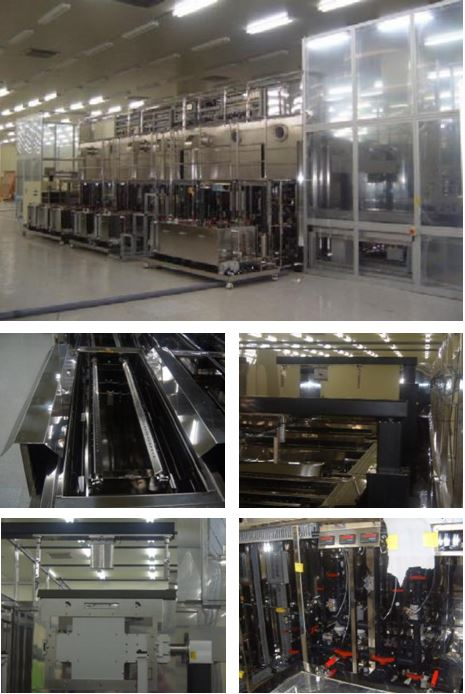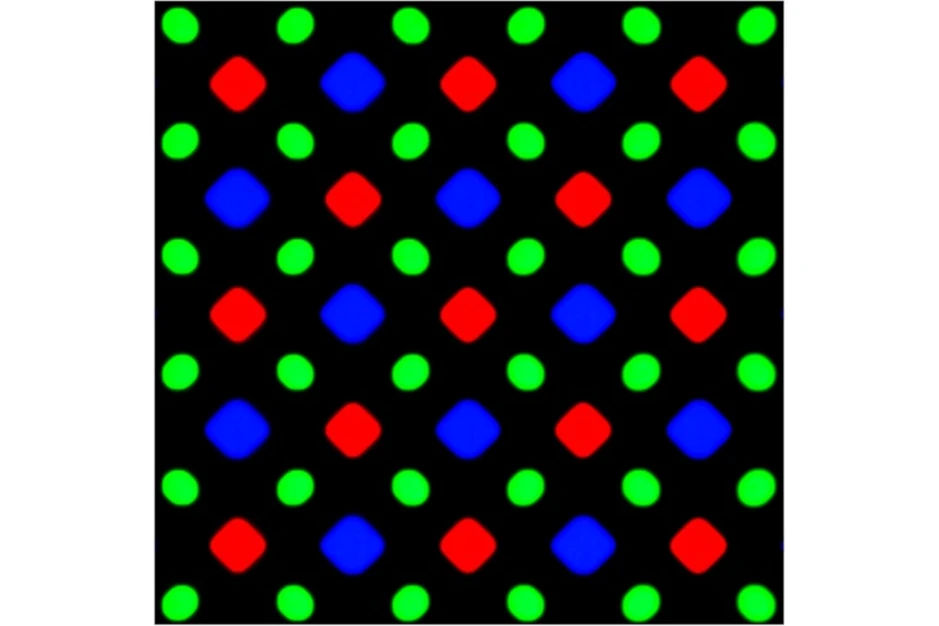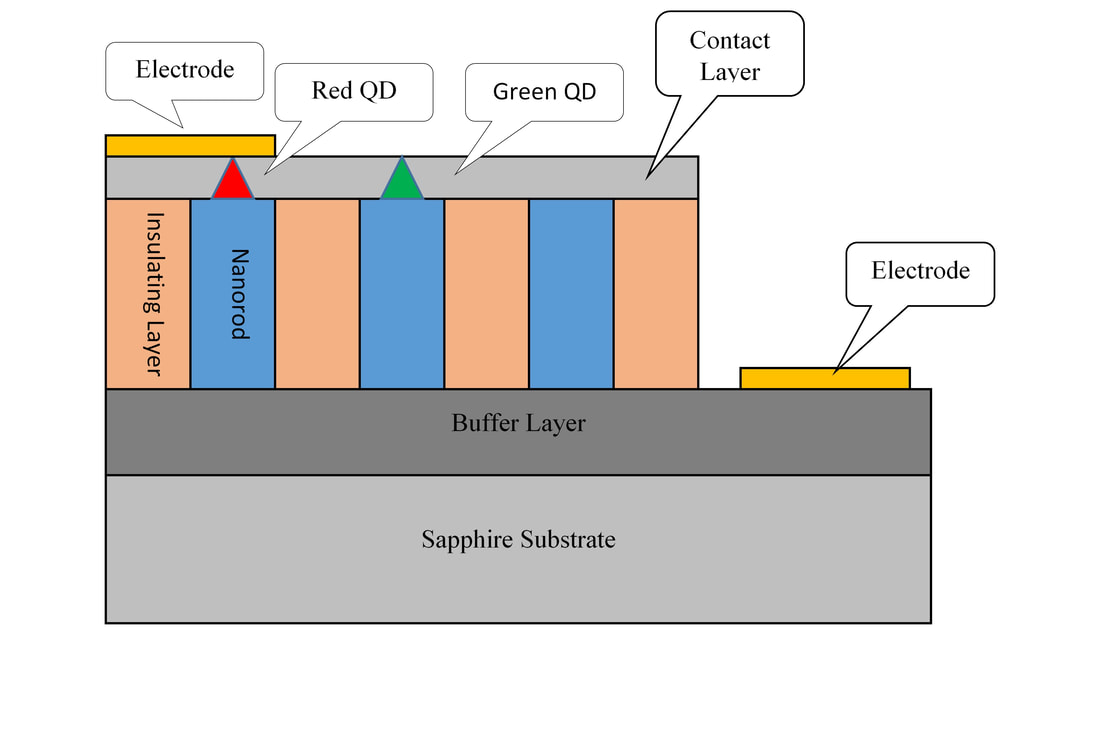3D Sort Of…
Now SDC has taken both technologies and combined them to create what might be called, for lack of a better name, a stretchable 3D display. It’s not exactly a 3D display, but if you watch the demo, you can see that the display moves (stretches) in accordance with the content, which in this case is flowing lava. While watching a TV made with such material might not have the depth that actual 3D technology might have, the fact that the screen could ‘flow’ with the content might be a legitimate application for stretchable display technology. In this case the demo was made using a 13” panel, so a real commercial product is still far away, but at least it begins to justify all the R&D that has gone into stretchable displays; sort of…
https://youtu.be/kg2Izr6krY0





 RSS Feed
RSS Feed